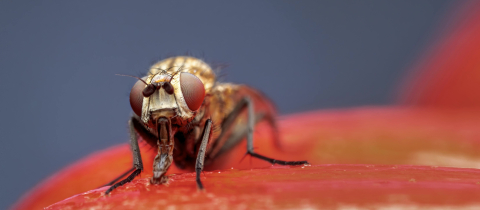It’s a compelling story. Tom Harper and his wife built a large shellfish farm in British Columbia but found it hard to make ends meet because of the expense of the feed that was needed. So Tom decided to grow his own. The main food for shellfish in the wild consists of phytoplankton, microscopic plants also known as algae. Harper devised a way to grow algae in large tanks, concentrate the plants into a paste which he then fed to his shellfish. Remarkably, the concentrate turned out to be more nutritious than any commercial product and his shellfish grew more quickly and to a larger size. Then tragedy struck Harper was diagnosed with mesothelioma, a form of lung cancer with a very poor prognosis. He began to lose weight and was advised to get his affairs in order. One day, more on a whim than anything else, he decided to eat some of his algae paste. Since it had nourished his shellfish so well, maybe it could also nourish him. As it turns out, it did more than nourish Tom. It restored his energy and relieved his pain. Of course, he kept taking it. And then he noticed something else. Tom had been an insulin dependant diabetic but now found himself free of the disease. But that was nothing compared with what doctors found when they operated on his diseased lungs. The tumours were covered with some white stuff they had never seen before and had turned benign! This wonder, Tom decided, had to be shared with the world and he struck a deal with a company that would market his algae product under the name FrequenSea. Testimonials began to pour in from people claiming that this wonder substance had cured them of colon cancer, melanoma, ulcerative colitis, and a host of other diseases. Why, it even worked in dogs!
As you can imagine, many people with dollar signs dancing in front of their eyes jumped on the opportunity to market the stuff. Of course to sell a miraculous cure, you have to come up with some miraculous sounding explanations as to why it should work. And some of the promoters have come up with doozies. The blue whale, says one, eats mostly phytoplankton a travels hundreds of miles without rest. So what? Another says that phytoplankton is a living food that carries an electrical frequency that works with the intelligence of the body. In the case of this spokesperson, it seems to decrease intelligence. One of the biggest promoters is a medical doctor, who was trained in opthamology of all things, but seems to have forgotten everything he learned in medical school. He mumbles some absurdities about the single-celled phytoplankton being active in the body because they bypass the liver and digestive system. There is much talk about thes microscopic plants being a superfood because of the amino acids, fats, vitamins and neurotransmitter precursors they contain. It certainly is true that algae are remarkable plants, capable of synthesizing a large variety of organic compounds from simple inorganic materials. Some of these even have anti-cancer properties, at least in the test tube. It is also true that algae produce most of the oxygen we breathe and that they are nutrient dense and serve as the basic food for aquatic life. But as far as curing cancer, we need more than a shellfish framer’s compelling story and some anecdotal accounts. Unfortunately there is nothing in the scientific literature to back up the claims. There isn’t going to be a simple cure for cancer. You can take that to the bank. Of course it is more attractive to take money to the bank, which you can certainly do when you sell desperate people phytoplankton for ninety dollars a bottle.







